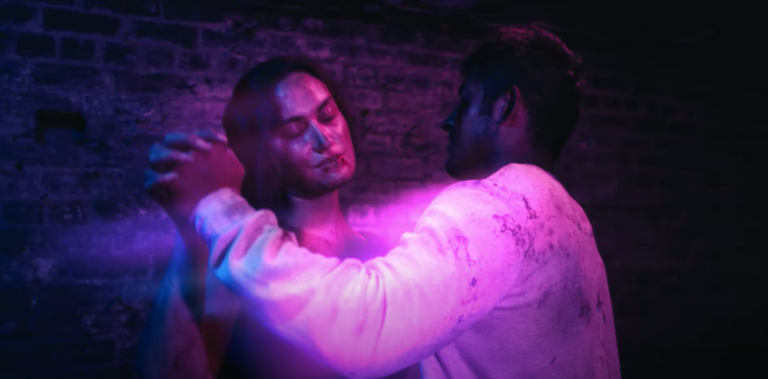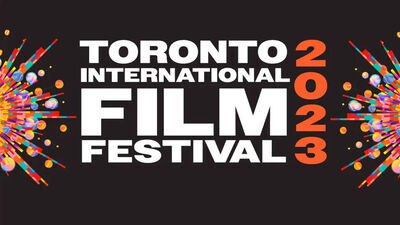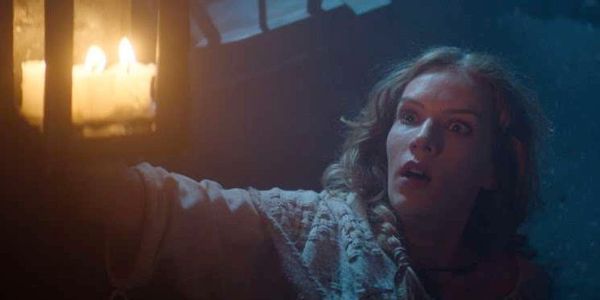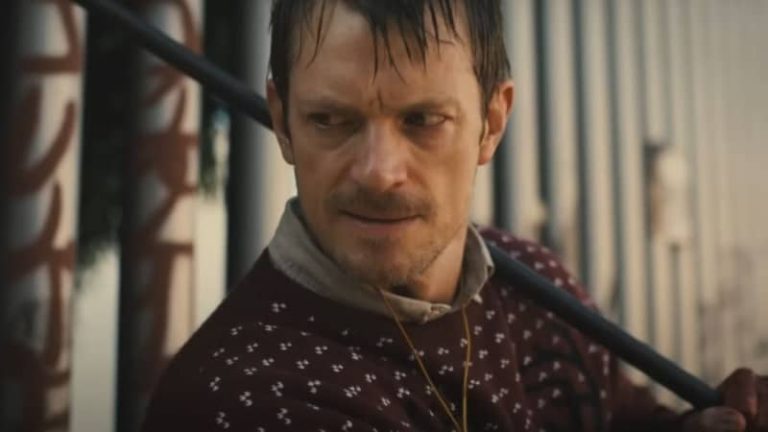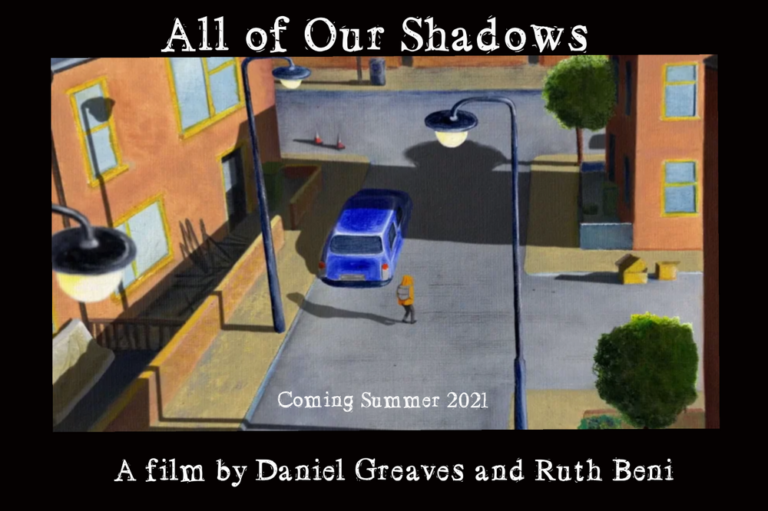Interview With Thomas Clay, Writer-Director Of THE DELIVERED
A film could have been made on the production of Thomas Clay‘s The Delivered (originally Fanny Lyne Deliver’d) alone. Plagued by hassle – starting with the death of Clay‘s friend and longtime collaborator Joseph Lang, and later including several attacks from Mother Nature – the writer-director knew this one needed to be finished. After delays that plowed through budgets, he took on a lot of the post-production responsibilities himself, including the score and the editing,
But the job got done, and Clay‘s self-described “Puritan Western” is now available on demand.
The film follows the Lye family, a pack of devout Christian farmers in 17th century England: patriarch John (Charles Dance), whose puritan ways are robust, mother Fanny (Maxine Peake), whose mind proves to be a bit more open, and their young son, Arthur (Zak Adams). The family’s faith is tested once a pair of law-fleeing scoundrels – played by Freddie Fox and Tanya Reynolds – take up refuge on their farm, imbuing revolution and freedom into Fanny’s bloodstream.
Film Inquiry recently spoke with Clay about his experiences working on The Delivered, including his fusing of genre, his approach to establishing conflict in a closed setting, and a bit of his production madness.
This interview has been edited for clarity.
Luke Parker for Film Inquiry: You start the film by describing the period of Puritanical law as the birthplace of modern personal, political and sexual freedom. That’s not a common take for a period we don’t hear much about already. What were some of the misconceptions or insights of the time that you wanted your audience to understand?
Thomas Clay: The Cromwell Period was a wonderful moment of philosophical awakening. The Puritans only had control over the towns, so it was much looser outside of those areas. People went around preaching, inventing new variations of religions based on the bible of Christianity but that turned out completely different. You’d have people making atheistic arguments still based on the bible. You’d have people making arguments for women’s rights, which became very important to the Quaker movement. And so, you have all these new sects popping up at the same time.
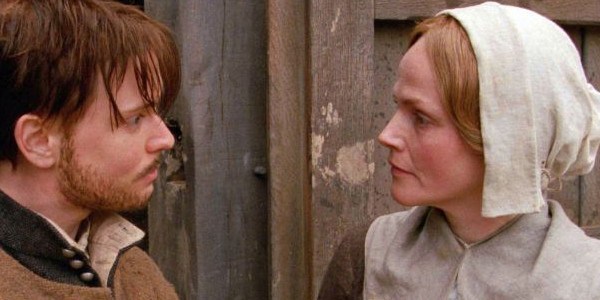
You’ve said you didn’t set out for this film to be timely and yet, it is. Our collective worldview has shifted greatly since you began working on this project in 2013. How did your perspective of the story shift over the years, if at all?
Thomas Clay: Um, I don’t think my perspective of the story shifted. Like you said, the world has changed in those years. When we were originally pitching the project, a Western whose central protagonist was a woman, that idea was still fairly new. Now, I guess, there’s a lot of other films that have done the same thing.
I feel that the meaning of the story is still the same.
You’ve described The Delivered as a “Puritan Western,” an untapped genre as far as I know. What aesthetics or themes of the Western did you think fit into the Puritan era?
Thomas Clay: I think most British period films tend to focus on kings and queens, and aristocrats. But we wanted to make a film about the normal, common people and there came a moment where I realized the Western was the best model for that.
American history, obviously, is told in a completely different way. You have thousands and thousands of films that tell it from that kind of beaten down perspective, so taking that and applying it to English history would create interesting results.
I am a big Western fan as well. So I sprung the two things together: the British period film and the Western, which was the key inspiration for me.
I know you were inspired by the Jack Nicholson Western, Ride in the Whirlwind, and like that, your film is based a lot in one setting. Can you talk to me about establishing conflict and creating tension in one environment?
Thomas Clay: There are a number of Westerns that do that very well. I wanted each of these characters to all have very different sets of beliefs; I think that was the key to throwing them all against each other and it allowed me to explore what would happen when certain characters were together. It’s something you have to set up right at the beginning and then it will go from there.
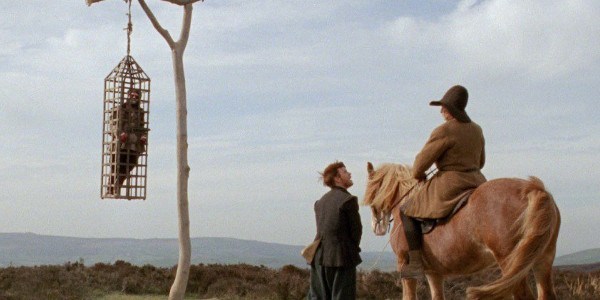
I wanted to talk about that. This film encounters several moral and political conflicts of the time mostly through its four main characters. When writing your screenplay, how did you go about condensing the larger, defining issues of the era into the characters?
Thomas Clay: I did a lot of reading. I was reading a lot of these pamphlets that were written at the time; the political printing press was just invented and that was the method by which people expressed themselves. I really tried to get inside their heads of the people who wrote this stuff. And then, once you have a feeling of the characters, you can write from their point of view, rather than actually trying to impose some kind of structure onto them. It’s just getting inside the characters’ head, I think.
This production was wrought with hardship: floods, delays, finances, and, of course, the passing of your longtime collaborator, Joseph Lang. Through all that muck, what kept you afloat? What kept you going?
Thomas Clay: I worked on the film with Joe for a year until he passed away in 2013. We were still developing scripts at that stage. From there, we knew it was his last film and that it needed to be finished. Rob Cannan, who came on and took over at that stage, we both had the same feeling that the film had to be made. And we just kept going.
Talking about something positive, you did have the luxury of building your own set. What advantages did that provide you behind the camera?
Thomas Clay: Having that 360-degree interior set gives you so much freedom. You can travel from the inside to the outside, point the camera in any direction you want. But also, in terms of the framing and the blocking, the set was designed with certain key sequences in mind. A lot of it was pre-planned, and that gave us a lot more specific visuals.
There was one possible base, an existing house, that we kind of considered, but it didn’t meet the visual requirements. It’d have been much more enclosed. It would have been a completely different film.
And what about the actors in front of it?
Thomas Clay: Certainly the idea, from my point of view, was to try and immerse them in the world of the film and this set was sort of at the end of the world. To get onto set, there were no roads and such. We put in a temporary road to get all the equipment in, and took it out again like a week before we started filming after we’d settled. Everybody had to walk down that big hill to get onto the set.
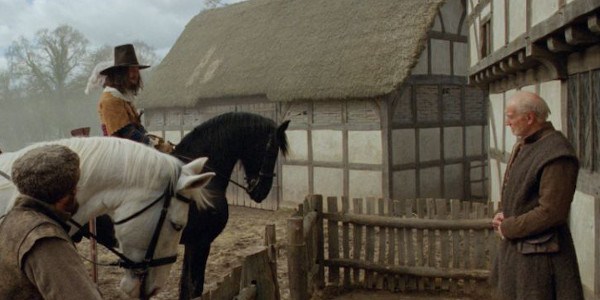
It was our own, little enclosed world. Hopefully, that helped them get into character.
Now, I know a lot of the production and post-production responsibilities fell on you, including the creation of the score. Given that wasn’t part of your original plan, how do you think your role as writer-director influenced the music in the film?
Thomas Clay: I think when you’re coming at it as a director, one of the things is that you’re much more focused on the timing and getting the key hits and marks. I understood it might be a bit of a fight to compose this thing, composing music from the director and having to look for the cues. All that really means is that it creates more trouble for the conductor and the players; they had to work with this really torturous click track when we were recording music.
Film Inquiry would like to thank Thomas Clay for taking the time to speak with us!
The Delivered is available on demand now.
Does content like this matter to you?
Become a Member and support film journalism. Unlock access to all of Film Inquiry`s great articles. Join a community of like-minded readers who are passionate about cinema – get access to our private members Network, give back to independent filmmakers, and more.
Join now!
